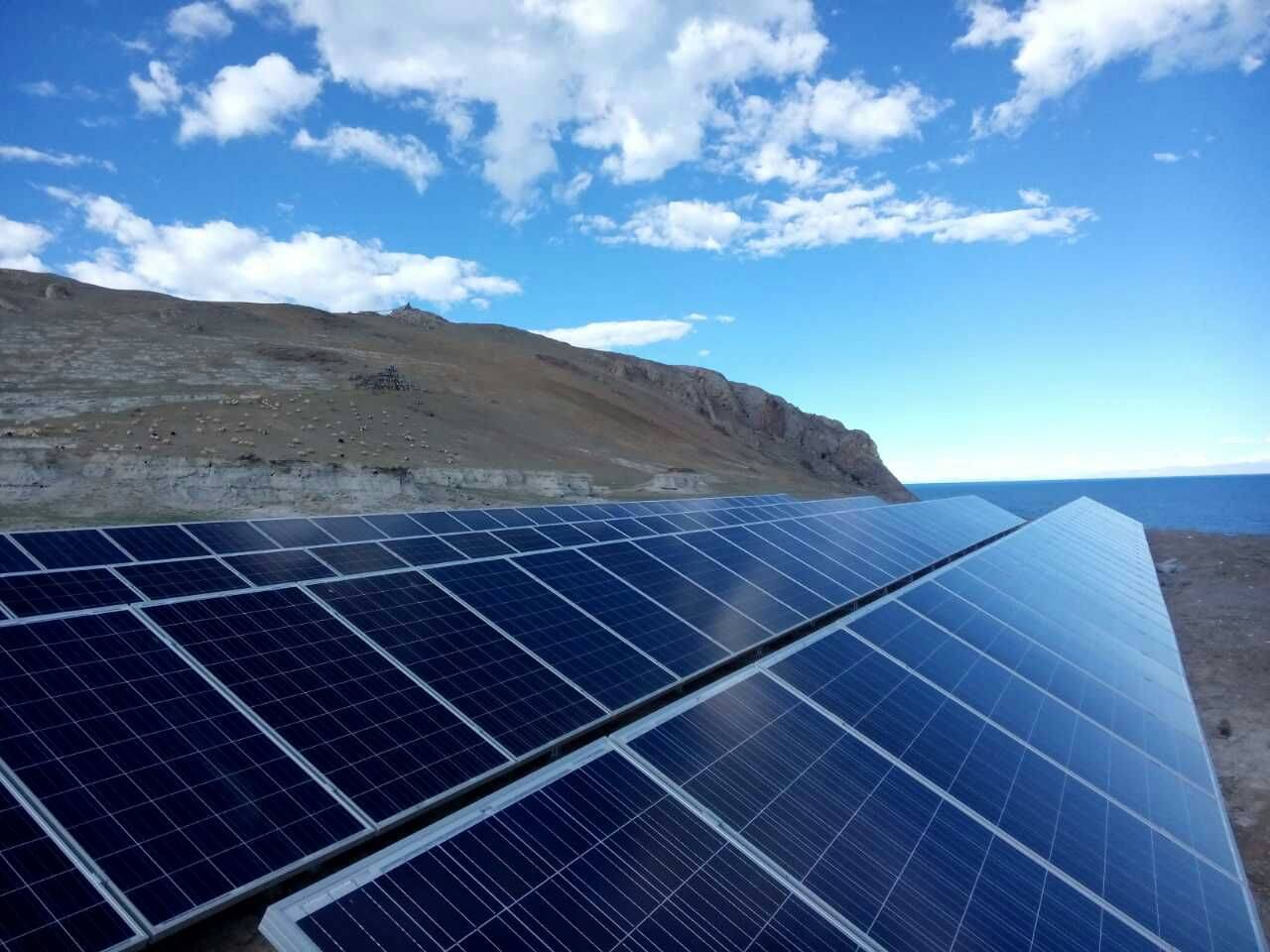Compared with ordinary cables, the advantages of solar cables are:
Solar cables are often exposed to the sun, and solar systems are often used under harsh environmental conditions, such as low temperature and ultraviolet radiation. At home or abroad, when the weather is good, the highest temperature of the solar system will be as high as 100℃. The materials that can be used for ordinary cables are polyvinyl chloride (PVC), rubber, elastomer (TPE) and cross-linked polyethylene. (XLPE) and other high-quality interwoven link materials, but unfortunately the maximum rated temperature of ordinary cables is 90, and even polyvinyl chloride insulated cables with a rated temperature of 70°C are often used outdoors, but they cannot meet high temperature, Anti-ultraviolet and cold resistance requirements. Anti-machine load.

In the installation and application of solar cables , the cables can be routed on the sharp edges of the roof layout. At the same time, the cables must withstand pressure, bending, tension, interlaced tensile loads and strong impact resistance, which is superior to ordinary cables. If you use ordinary cables, the sheath has poor UV protection performance, which will cause the aging of the outer sheath of the cable, which will affect the service life of the cable, which can lead to the appearance of problems such as cable short circuit, fire alarm, and dangerous injury to employees.





